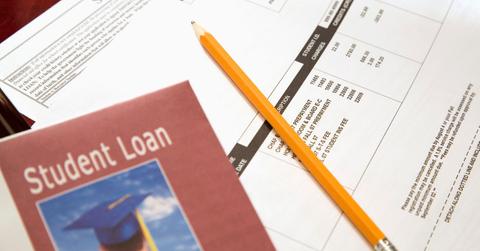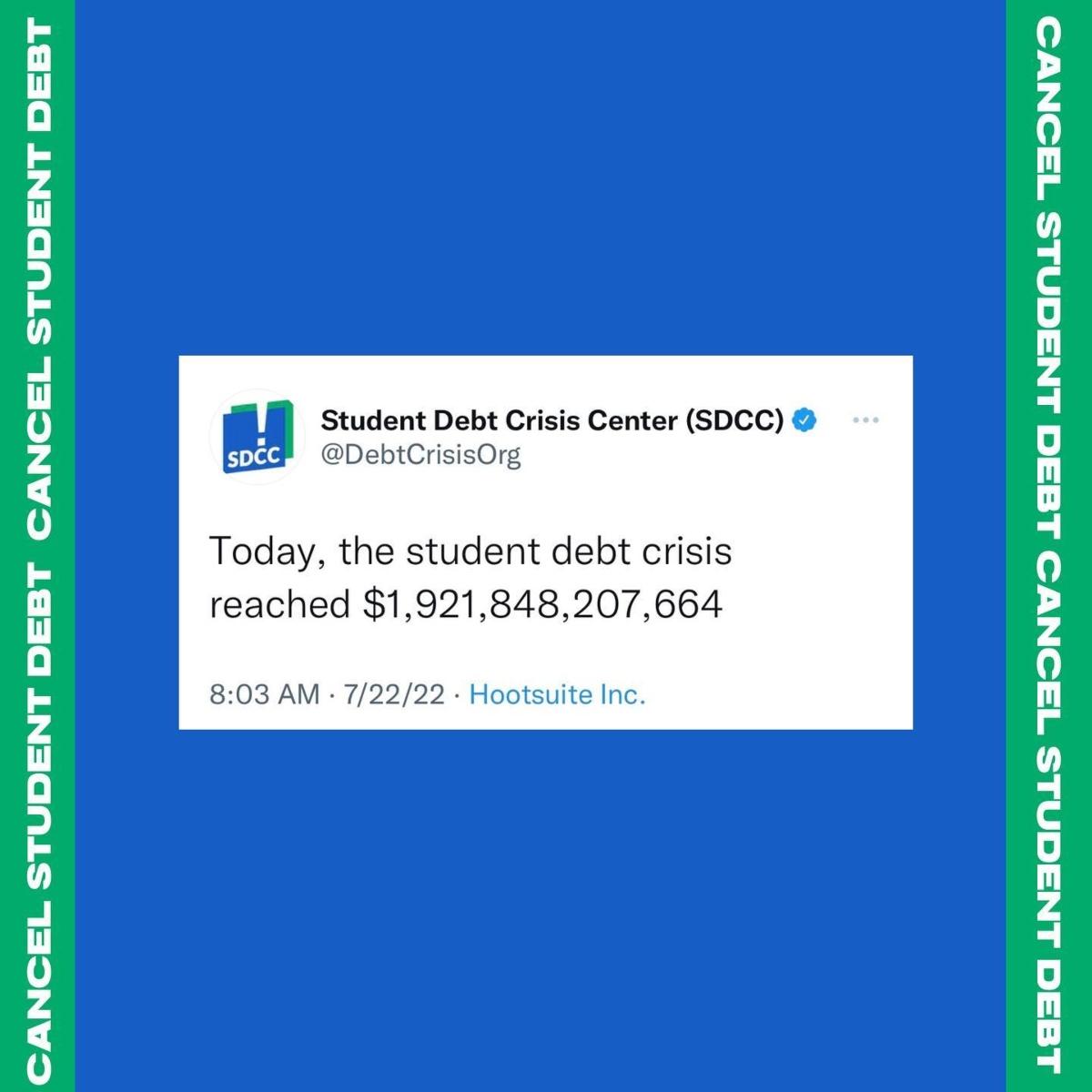Why Student Loans Are So Hard to Pay Down — Interest Rates
The nation has been talking about a student loan crisis for years, but why are student loans so hard to pay down? Interest rates are largely to blame.
Aug. 31 2022, Published 12:08 p.m. ET

Although some Americans are disappointed in the idea of student loan forgiveness, one cause is high student loan interest rates. Many who oppose loan forgiveness believe everyone must pay off their debts, without realizing that some borrowers have done that already. Just why are student loans so hard to pay down?
President Biden announced a student loan forgiveness plan to relieve borrowers of $10,000 ($20,000 for Pell Grant borrowers) in debt. Although canceling student debt could be a bad idea, borrowers with ballooning balances due to high interest have a compelling argument.
High student loan interest rates are why many borrowers are still in debt.
Many borrowers have been following a regular repayment plan, often for years, only to watch their loan balances remain or even go higher than the amount they first borrowed. Banks and lenders benefit while borrowers stagnate.

High interest rates on student loan debt are often the main reason they are still in debt. For example, one borrower told Insider that she had paid $70,000 of her original balance of $117,000 after 10 years, yet still owed $98,000 due to interest.
Currently, federal student loan interest rates range from 4.99 percent to 7.54 percent. That’s for loans disbursed between July 1, 2022, and June 30, 2023.
Interest rates are based on the type of loan:
Direct Subsidized and Direct Unsubsidized Loans for Undergraduate – 4.99 percent
Direct Unsubsidized Loans for Graduate or Professional – 6.54 percent
Direct PLUS Loans (for parents; and for Graduate or Professional) – 7.54 percent
Direct loans accrue interest daily. Unsubsidized loans require that borrowers pay the interest that accrues even while still enrolled in school. Borrowers need to be aware of the interest rate on their loans and how it impacts their payments and overall costs.
Sen. Bernie Sanders has pushed for student loan forgiveness for years.
Income-driven repayment plans can drive up student loan balances even more.
Income-driven repayment (IDR) plans can be a lifeline to borrowers with lower incomes. The government offers four of these, which offer lower monthly payments tied to income, plus forgiveness after a set period of repayment.
However, these plans have a major downside: some IDR monthly payments don’t cover the interest accruing. As Fox Business reported in April, “Many borrowers who are enrolled in IDR plans see their debt balances grow over time, even when they're making payments on their student loans.” This can harm their credit as well.

Groups like Student Debt Crisis Center are angry about the causes keeping borrowers in debt.
Private student loans may have higher interest rates and don’t qualify for forgiveness.
Borrowers who took out private student loans are often at an even greater disadvantage. Private lenders often charge higher interest rates of up to 13 percent, making it nearly impossible to pay off student loans at a reasonable rate. Plus, private loans don’t usually qualify for federal forgiveness programs.
For example, College Ave charges 1.79 percent–12.99 percent variable APR and 3.22 percent–13.95 percent fixed APR for private loans. Rates are similar at other private lenders. These are tied to your credit score, so borrowers with lower credit have to pay higher rates, driving up balances rapidly.
College costs have risen faster than wages.
Another reason for the difficulty in paying down loans is the gap between wages and college costs. Between 1980 and 2019, college costs went up 169 percent, while wages only increased by 19 percent, CNBC reported. Average earnings haven't kept up with inflated college tuition and other fees.
